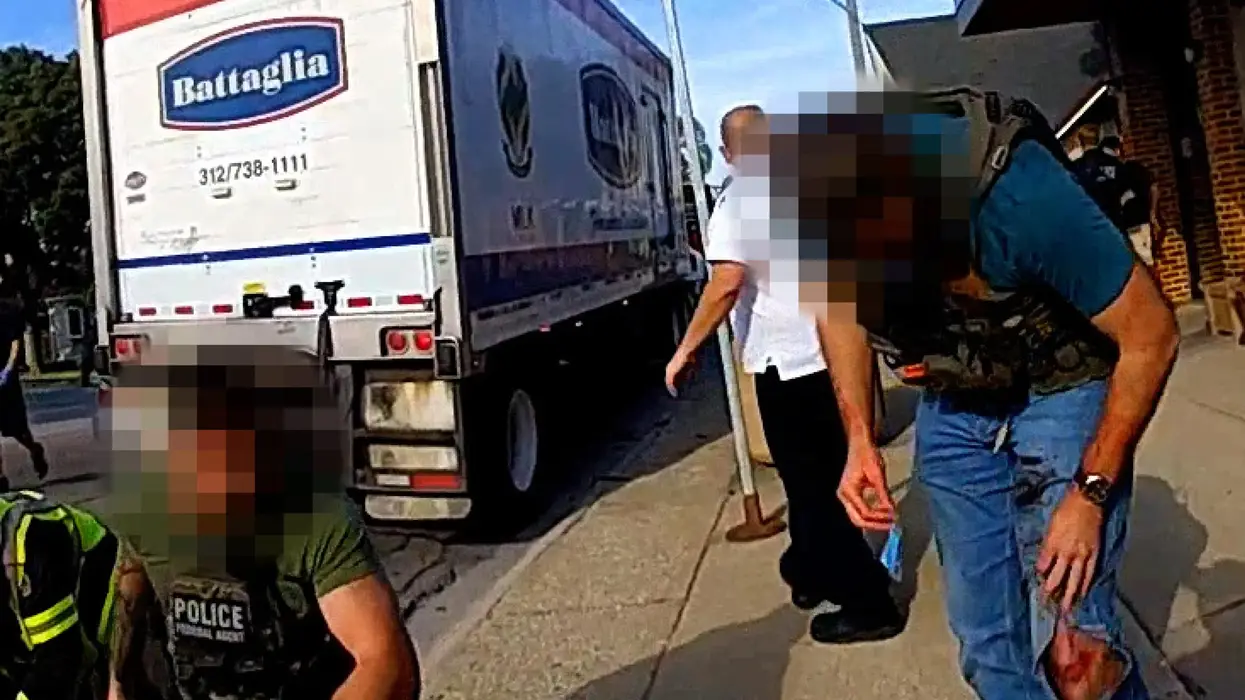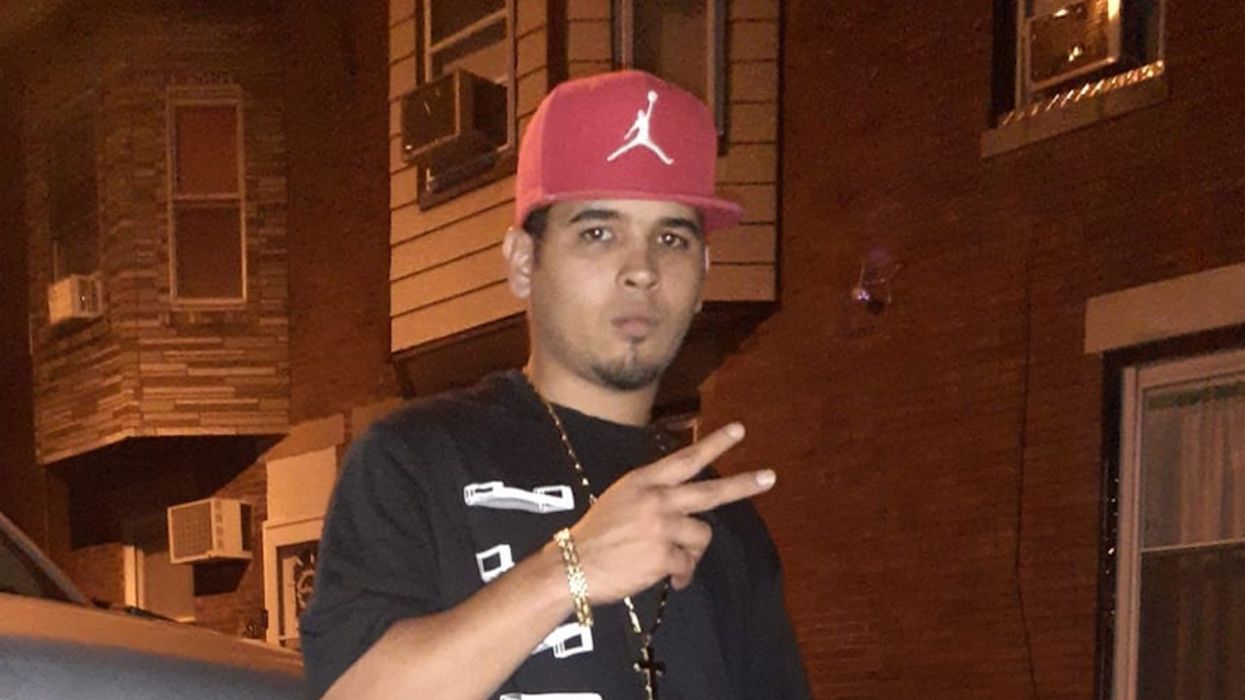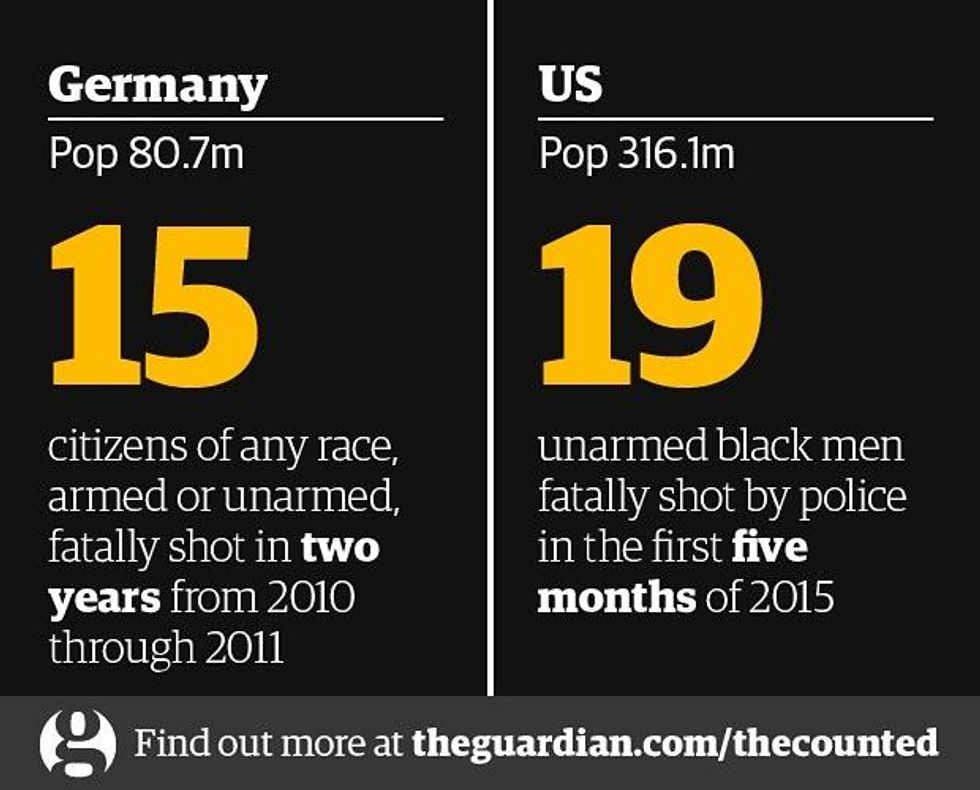Bodycam Footage Casts Further Doubt on ICE Narrative of Fatal Shooting Outside Chicago
"An ICE agent shot Silverio dead," said Chicago's Rep. Delia Ramirez. "DHS lied about what happened."
Local police body camera footage released Monday has further called into question the government's justification for an Immigration and Customs Enforcement agent's fatal shooting of Silverio Villegas-Gonzalez, a 38-year-old father of two, in the Chicago suburb of Franklin Park on September 12 during a traffic stop.
In a statement justifying the shooting, the Department of Homeland Security (DHS) said that Villegas-Gonzalez “refused to follow law enforcement’s commands and drove his car at law enforcement officers. One of the ICE officers was hit by the car and dragged a significant distance. Fearing for his own life, the officer fired his weapon.”
Video footage of the incident recorded by local businesses had already raised doubts about the government's version of events, showing that Villegas-Gonzalez had not initially driven his car forward toward the agents, but that one of them had instead grabbed ahold of his window frame as he attempted to reverse.
Federal law enforcement's refusal to provide information on the shooting has raised further suspicion, leading Illinois Gov. JB Pritzker (D) and groups like Human Rights Watch to call for independent investigations.
The ICE agents who conducted the arrest were not wearing body cameras at the scene after the Trump administration scrapped a policy requiring them.
According to Belkis Wille, the associate director of the Human Rights Watch’s crisis, conflict, and arms division, who wrote about the shooting last week, “law enforcement officers can only use lethal force when an individual poses an imminent danger of death or serious physical injury to the officer or another person.”
But the body camera footage from a Franklin Park police officer who responded to the scene, obtained by the Chicago Sun-Times, has cast doubt on DHS's claims that one of the agents involved in the shooting had been severely injured.
(Video: Chicago Sun-Times)
In the video, the injured agent is shown with a large hole in his blue jeans, revealing a scraped knee. Over the radio, the other agent is heard explaining to police that his partner had suffered "a left knee injury and some lacerations to his hands.”
The injured agent said it was "Nothing major,” and his partner reiterated: “Nothing major."
Later, after his partner was taken to the hospital in an ambulance, the other agent was heard explaining: "I think we’re good, man. Just shooken up a little."
This video footage directly contradicts the description of events presented by DHS, that the agent “sustained multiple injuries” and was “seriously injured” by Villegas-Gonzalez's car.
Democratic Rep. Delia Ramirez, a Chicago native, reacted to the video on social media: "An ICE agent shot Silverio dead. DHS lied about what happened."
"There needs to be a full, thorough investigation into what happened that morning," she added. "All camera footage must be released. And [Secretary of Homeland Security Kristi] Noem must come to the committee and account for ICE's unlawfulness and lies."


